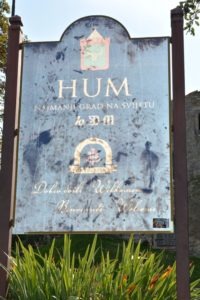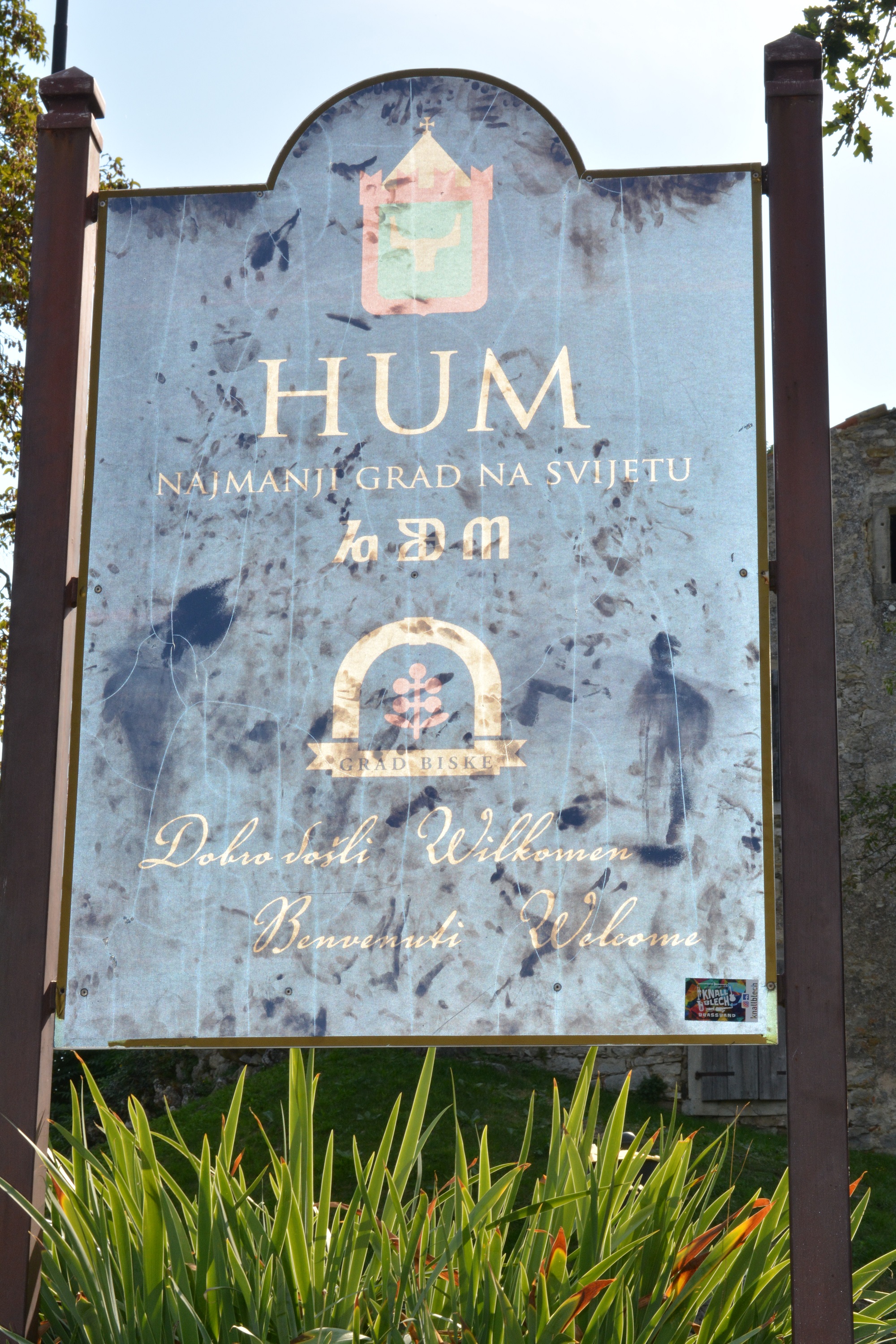Do scripts ever really die? The Glagolitic revival
 Spoken languages can die. When the last speaker passes on, unless extensive recordings have been made, not only the vocabulary but the tones, the emphases, the rhythms and the syntax, the internal cohesion and structure of the language, can be impossible to reconstruct.
Spoken languages can die. When the last speaker passes on, unless extensive recordings have been made, not only the vocabulary but the tones, the emphases, the rhythms and the syntax, the internal cohesion and structure of the language, can be impossible to reconstruct.
Written languages bare different. The linkages between sound and symbol may be lost, but the symbols remain intact and latent, even pregnant, with significance and possibility.
The story of the creation and long, slow decline of the Glagolitic alphabet is documented in our Atlas of Endangered Alphabets HERE; by the end of the twentieth century the last users, two Croatian priests, had left this world.
The emergence of Croatia after the bloody Yugoslav civil war offered an opportunity for the new country to re-imagine and re-brand itself, and one feature of this new identity is the resurfacing of the Glagolitic alphabet.
Dr Antonio Oštarić, a lecturer at the University of Zadar in Croatia, in his article “Commodification of a Forsaken Script: the Glagolitic Script in Contemporary Croatian Material Culture,” documents how the nearly-extinct Glagolitic script is being revived for tourism in Croatia.
 He was also kind enough to send me a batch of photographs of the script in official and semi-official use. In each case the script denotes a town name; the graffiti is a local slogan used in the town Vrbnik (on Krk island). The slogan in Croatian is “Vrbnik – nad morem priča,” meaning “Vrbnik – a story above the sea.”
He was also kind enough to send me a batch of photographs of the script in official and semi-official use. In each case the script denotes a town name; the graffiti is a local slogan used in the town Vrbnik (on Krk island). The slogan in Croatian is “Vrbnik – nad morem priča,” meaning “Vrbnik – a story above the sea.”
It’s not clear how many Croats can read the Glagolitic script fluently, or whether the script has a purely emblematic meaning. (In many cases of early revival of a traditional script, the signmaker unwittingly includes mistakes, working from image rather than knowledge.)
Whatever the case, we’ll be watching the walls of Croatia with interest, and we welcome your news and thoughts.
This post is sponsored by our friends at Typotheque, Rosetta, and Solidarity of Unbridled Labour.





Nice one, Cyril - Language Miscellany
January 3, 2023 @ 12:51 pm
[…] a symbol of Croatian cultural identity and for use in creating distinctive souvenirs to tourists. https://www.endangeredalphabets.com/2022/03/24/do-scripts-ever-really-die-the-glagolitic-revival/ […]